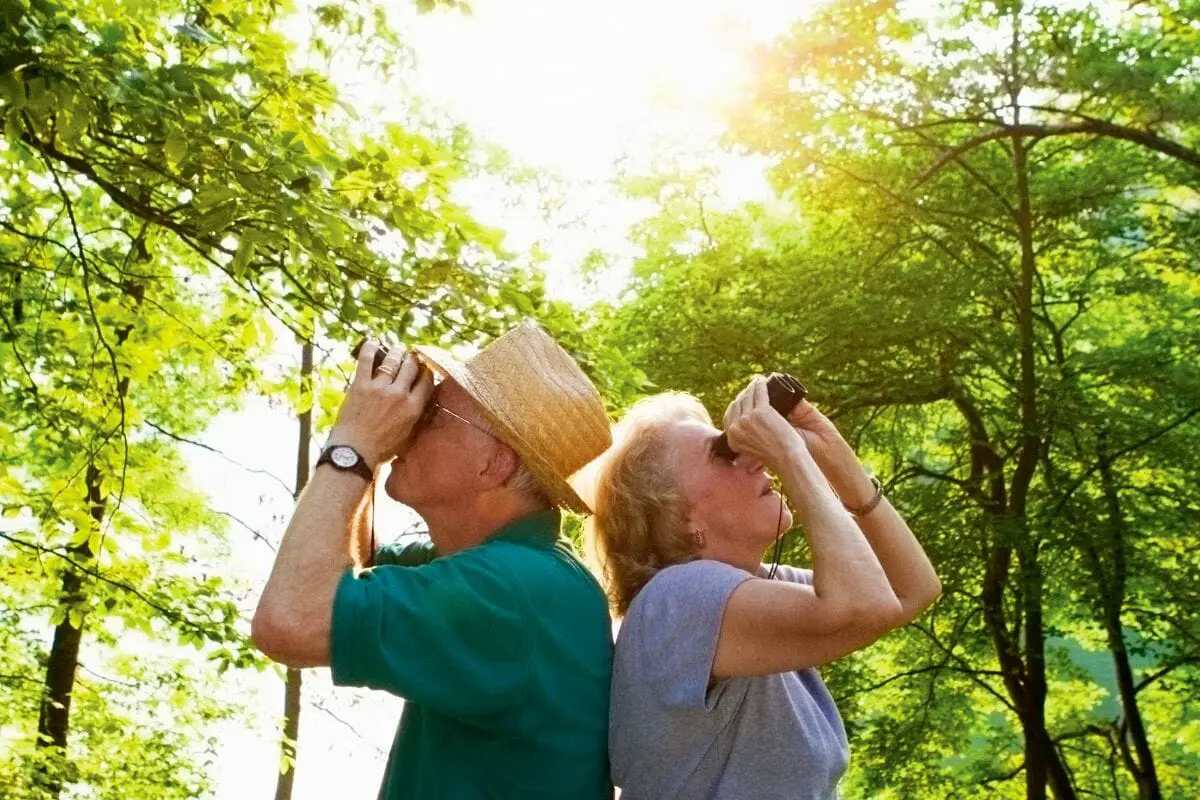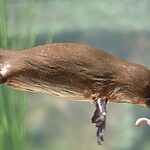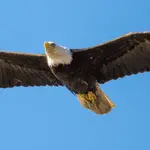Bird watching is an activity enjoyed by people of all ages and backgrounds. It’s a great way to get some fresh air and observe nature in its purest form.

For the avid bird watcher, there’s nothing more thrilling than finally spotting that rare species you’ve been searching for.
But what if you were able to plan the ultimate bird watching itinerary?
Here we’ll discuss the best way to plan your bird watching trip so you can make sure your next trip is one to remember!
Necessary Gear And Equipment
When it comes to bird watching, the right gear and equipment can make all the difference.
Bring a field guide book that covers the species of birds you plan to observe and a good pair of binoculars is an essential item for any bird watcher.
A tripod is also important as it helps keep the binoculars steady while you observe birds in their environment.
If taking photos or videos, consider investing in a good digital camera with a long zoom lens so that you can capture clear images from afar.
Choosing A Destination
When it comes to bird-watching, choosing a destination is key.
To get the best possible experience, it’s important to pick a location that suits your interests and abilities.
Wide Variety Of Species
The first step is to research different areas that are known for having a wide variety of species.
Look online or consult with local birding organizations to find the best spot for you.
Climate
Once you’ve narrowed down your choices, consider the climate and terrain of each area.
If you’re interested in seeing specific types of birds, make sure the location has them in abundance during the time of year you plan on visiting.
Also think about how easy it is to access the area and if there are any extra costs associated with getting there.
Accommodation
Finally, decide if you’d like to stay at a hotel or camp in nature while bird watching.
Staying at a hotel can be more comfortable but camping in nature can provide an even greater appreciation for birds and their environment.
Whatever route you choose, make sure you have all the necessary supplies and safety gear so you can enjoy your trip without worrying about anything else!
Best Times To Go Bird Watching
Bird watching is an activity that can be enjoyed year-round. There are certain times of the year, however, when it’s especially rewarding.
The best times to go bird watching are during spring migration, summer breeding season and fall migration.
Spring Migration
During spring migration, birds travel north from their wintering grounds to breed and raise their young.
This is a great time to spot warblers, thrushes and other migrants as they pass through on their way north.
It’s also a great time to observe nesting behaviors of local species such as robins, cardinals and blue jays.
Summer
In the summer months, many species of birds will stay in one area to breed and raise their young.
This is a great time to observe courtship behaviors of local birds such as woodpeckers and orioles.
You may also get lucky enough to spot some rarer species during this time as well.
Fall

The fall is another great time for bird watching since this is when southbound migrants return from their northern nesting grounds on their way back south for the winter.
This is a great opportunity to observe large flocks of migrating birds such as ducks, geese and raptors in flight.
It’s also a good chance to see some wintering species like chickadees and titmice that make up the bulk of your local bird population during the colder months.
Professional Guided Tours
If you’re looking to take your bird watching experience to the next level, professional guided tours are a great way to go.
These tours are generally led by experienced birders who can show you the best birds and spots in the area.
You’ll get to enjoy the sights and sounds of nature without spending hours researching or trying to find the right place to go.
Plus, with a guide, you’ll be able to learn more about the birds and their habitats than you would on your own.
Guided tours are also perfect for those who don’t have much experience in bird watching.
The guides will be able to provide all the necessary information so that even beginners can quickly become experts.
In addition, they can give advice on what types of equipment you should use and how best to stay safe while out in the wild.
For more serious birders, there are many specialized guided tours available that focus on specific species or regions of interest.
This allows for an even deeper dive into a particular subject matter or area for better understanding and enjoyment of bird watching.
Photographing Wildlife In Their Natural Habitat
Photographing wildlife in their natural habitat is both fun and challenging. It requires patience, skill, and the right equipment.
When selecting an area to photograph wildlife, consider factors such as climate, availability of food sources, habitat type and terrain.
You may even want to research what species are likely to be in that particular area.
Depending on the species you’re trying to capture, it could be helpful to choose a spot with plenty of cover and water sources nearby.
Timing is also important when photographing wildlife in their natural habitat.
For some species like birds or mammals activity levels tend to peak at certain times of day or night.
Researching these patterns can help you plan your trips accordingly so you don’t miss out on any potential photo opportunities.
Additionally, be sure to check for any seasonal restrictions or closures due to nesting seasons or other activities that might conflict with your plans.
You should also pay attention to safety considerations when photographing wildlife in their natural habitat.
Make sure you’re aware of any laws or regulations related to disturbing animals in their environment and respect them accordingly.
If possible, keep a safe distance from the animals so they feel secure enough not to flee before you can snap your shot!
Conclusion
Whether you’re an experienced birder or just starting out, bird watching can be an enjoyable and informative experience.
With the right knowledge and preparation, you’ll be able to enjoy the wonders of nature for hours on end.
- What Should I Do If A Koala Bites Me? Safety Guide - 2024-05-30
- Are Kangaroos Born Without Hind Legs? A Fascinating Journey - 2024-05-30
- Animals That Look Like Squirrels - 2024-05-30







